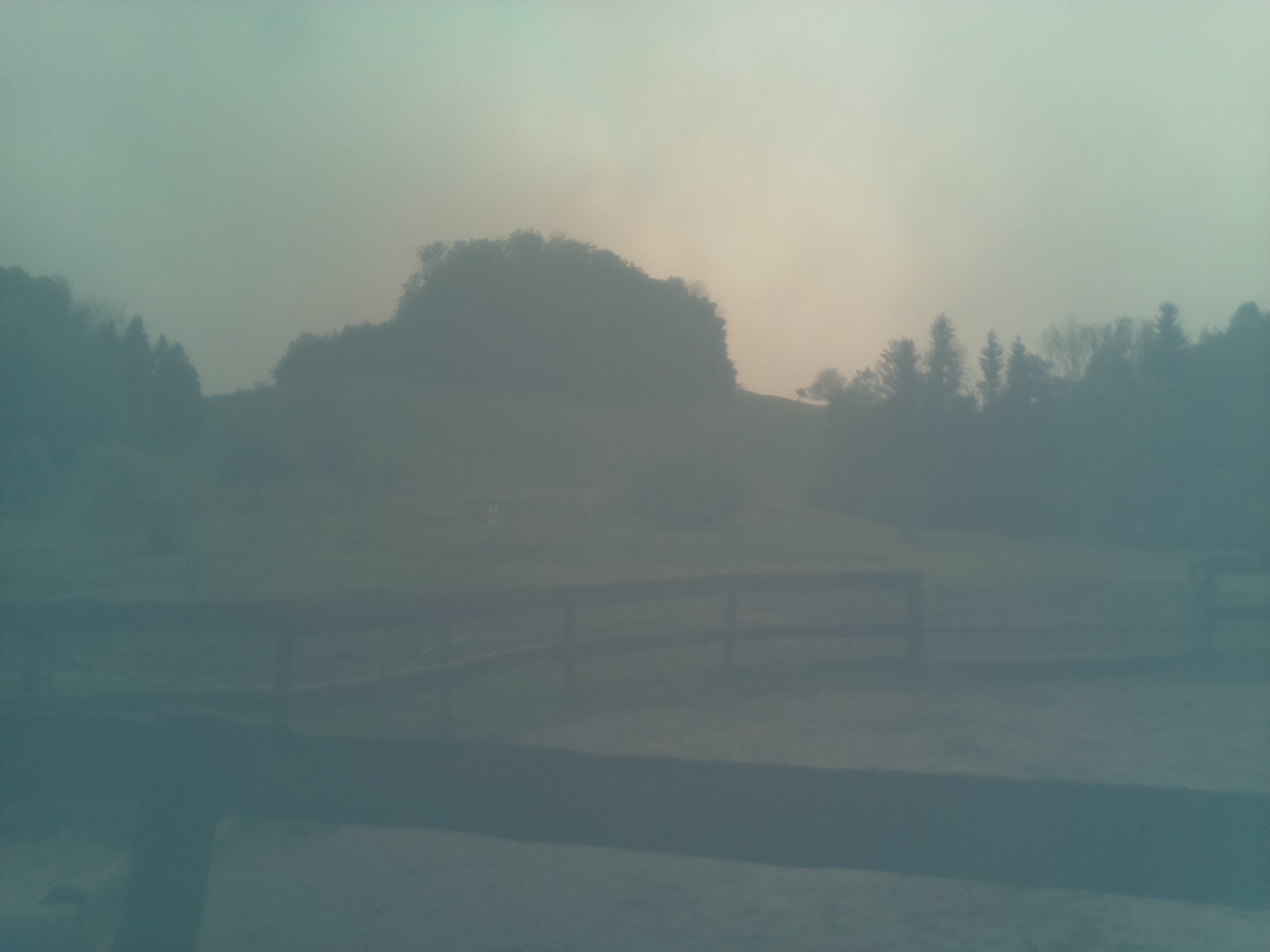Landslides are defined as the downward movements of rock and/or unconsolidated material driven by gravitational forces (Glade & Dikau, 2001). These movements can occur in various forms, including falling, toppling, sliding, spreading, and flowing. Due to the complexity of these processes, landslides are often classified based on multiple mechanisms rather than a single movement type.
Figure 1: These schematics illustrate the major types of landslide movement (credit to: U.S. Geological Survey)
Various internationally recognized classification systems exist to categorize landslides. The most widely used include those developed by Varnes (1978), Cruden & Varnes (1996), Dikau et al. (1996 and 2001) or Dikau & Glade (2002). The Varnes classification (Varnes, 1978) is the most used system for categorizing landslides, but it has been further refined and expanded by Hungr et al. (2014). The updated classification provides a more comprehensive framework by incorporating new insights into landslide processes and better distinguishing between different movement types. However, mapping and inventorying landslides remain highly subjective, as these events often involve overlapping processes. This subjectivity extends to the classification and assessment of movement types, making landslide studies inherently complex.
The velocity of a landslide significantly influences its potential hazard. Landslides that fail with a high velocity pose the greatest risk to human life and infrastructureare and have the potential for fatalities. For example, debris flows can reach velocities of up to 80 km/h, while rockfalls may exceed 300 km/h, making them particularly dangerous. In contrast, slow-moving landslides, such as creeping slope deformations, evolve at rates of only a few millimeters to meters per year and pose a lower immediate threat (Glade & Dikau, 2001; Lacroix et al., 2020).
Table 1: Landslide velocity scale according to Hungr et al., 2014 (modified from Cruden and Varnes, 1996).
Landslide formation is governed by a combination of predisposing, triggering, and controlling factors, each playing a distinct role in the initiation and evolution of landslide processes (Crozier, 19869). Understanding these factors is crucial for hazard assessment, risk mitigation, and the development of early warning systems:
-
Predisposing Factors (Preliminary Conditions)
-
Triggering Factors (Landslide Initiation)
-
Controlling Factors (Landslide Evolution)
Predisposing factors are the long-term geological, geomorphological, and environmental conditions that contribute to slope instability. These factors do not directly trigger landslides but create a landscape more susceptible to failure. Some important predisposing factors are the lithology and the bedrock structure, soil composition and weathering and slope morphology. Triggering factors are short-term events that directly cause a slope to fail. These external forces can rapidly change stress conditions, leading to sudden instability. Most landslides that occur in Lower Austria are triggered by intense and prolonged precipitation events causing a change in pore-water pressure. However, landslides can also be triggered by sudden snowmelt that can saturate the soil, leading to slope failures similar to those caused by heavy rainfall (Marr et al., 2023). Controlling factors influence the way a landslide evolves after initiation. These factors determine the type of movement, runout distance, and overall impact of the landslide. Among the others, these can include slope geometry and topography (concavity, convexity, slope inclination, slope orientation and exposition), vegetation and surface roughness (Glade & Dikau, 2001). Analysis of the landslide process requires all these factors to be differentiated and separately investigated. Because landslides result from a combination of these factors, hazard assessments must consider how predisposing conditions, triggering events, and controlling influences interact over time. In Lower Austria, for example, landslide susceptibility is strongly linked to rainfall-induced pore-water pressure changes, a complex geological setting and influence of human activities. By systematically analyzing these factors, researchers and engineers can develop more effective landslide prediction models and mitigation strategies, ultimately reducing risks to communities and infrastructure.
The NoeSLIDE project in Lower Austria focuses on different types of landslides that are most relevant to the region. The following subpages provide a brief overview of these processes:
Slides – Mass movements that occur along a well-defined shear surface.
Rockfalls – The rapid detachment and freefall of rock fragments and boulders from steep slopes.
Debris flows – Fast-moving flows of water-saturated debris with high destructive potential.
Literature
Crozier, M. J. 1986. Landslides: Causes, consequences and environment. London: Croom Helm.
Cruden, D. M. & D. J. Varnes. 1996. Landslide types and processes. In Landslides: investigation and mitigation, eds. A. K. Turner & R. L. Schuster, 36-75. Washington, D.C.: National Academey Press.
Dikau, R., J. Stötter, F.-W. Wellmer & M. Dehn. 2001. Massenbewegungen. In Naturkatastrophen - Ursachen, Auswirkungen, Vorsorge, eds. E. J. Plate & B. Merz, 115-138. Stuttgart.
Dikau, R., D. Brunsden, L. Schrott & M. Ibsen. 1996. Landslide Recognition. Identification, movement and causes. 251. Chichester: John Wiley & Sons Ltd.
Dikau, R. & T. Glade. 2002. Gefahren und Risiken durch Massenbewegungen. Geographische Rundschau, 54, 38-45.
Glade, T. & R. Dikau. 2001. Gravitative Massenbewegungen - vom Naturereignis zur Naturkatastrophe. Petermanns Geographische Mitteilungen, 145, 42-55.
Hungr, O., Leroueil, S., Picarelli, L., 2014. The Varnes classification of landslide types, an update. Landslides 11, 167–194. https://doi.org/10.1007/s10346-013-0436-y
Lacroix, P., Handwerger, A.L., Bièvre, G., 2020. Life and death of slow-moving landslides. Nat Rev Earth Environ 1, 404–419. https://doi.org/10.1038/s43017-020-0072-8
Marr, P.; Jiménez Donato, Y.A.; Carraro, E.; Kanta, R.; Glade, T. The Role of Historical Data to Investigate Slow-Moving Landslides by Long-Term Monitoring Systems in Lower Austria. Land 2023, 12, 659. https://doi.org/10.3390/land12030659
Varnes, D. J. 1978. Slope Movement. Types and Processes. In Landslides: Analysis and control, eds. R. L. Schuster & R. J. Krizek, 11-33. Washington, DC: Transportation Research Board, National Academy Press.



